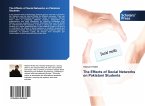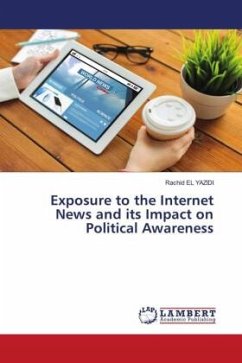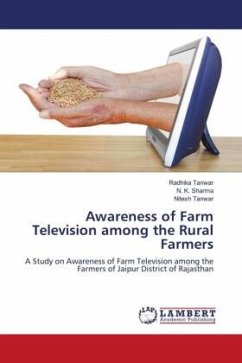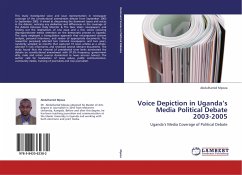Information is regarded as the oxygen of democracy. Access to information not only facilitates active participation of the people in the democratic governance process, but also promotes openness, transparency and accountability in administration. The Indian "Right to Information Act" basically has two Parts-(a) Substantive Act, and (b) Procedural Act. It is the mandate of sections 3 and 4 of the Act to provide information to the citizens. The study analyse the knowledge, awareness, perception, attitude and importance of the RTI Act among the policy makers i.e. Bureaucrats, knowledge donor i.e. Academicians and opinion makers i.e. Media Persons. All the three categories of respondents are vital in disseminating awareness about the RTI Act. The findings reveal that respondents from Haryana have more awareness about RTI Act than that of Punjab. Whereas, Bureaucrats are more informed about the provisions laid down under the Act in comparison to Academicians and Media Persons. The general perception is that the present form of the Act is citizen friendly and respondents find the Act as an instrument for accessing public service and ensuring the transparency which is the aim of the Act.
Bitte wählen Sie Ihr Anliegen aus.
Rechnungen
Retourenschein anfordern
Bestellstatus
Storno








